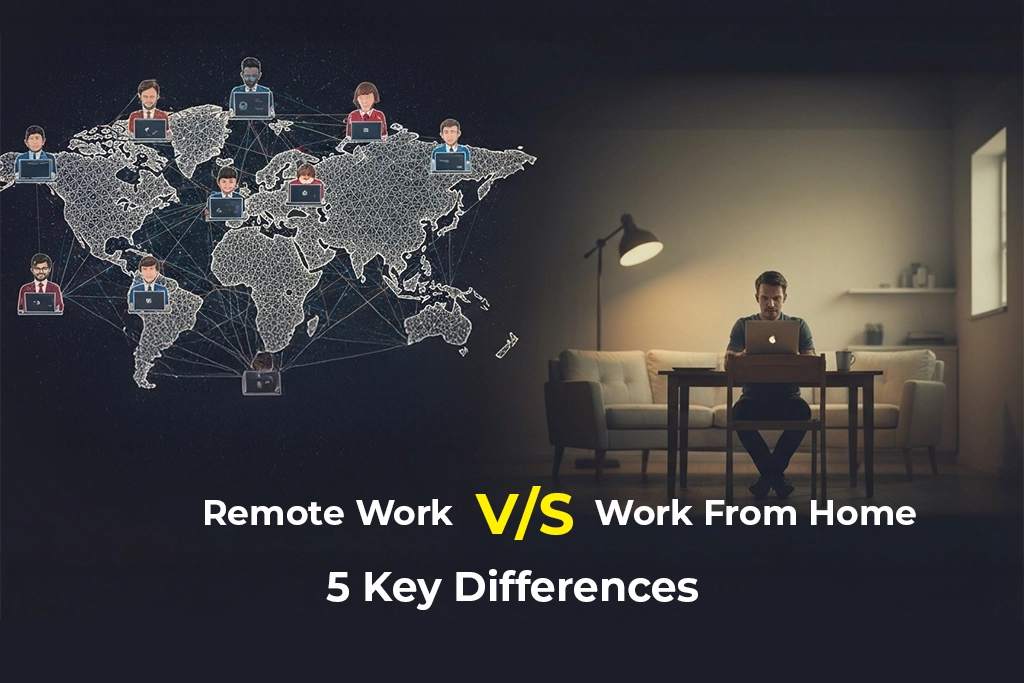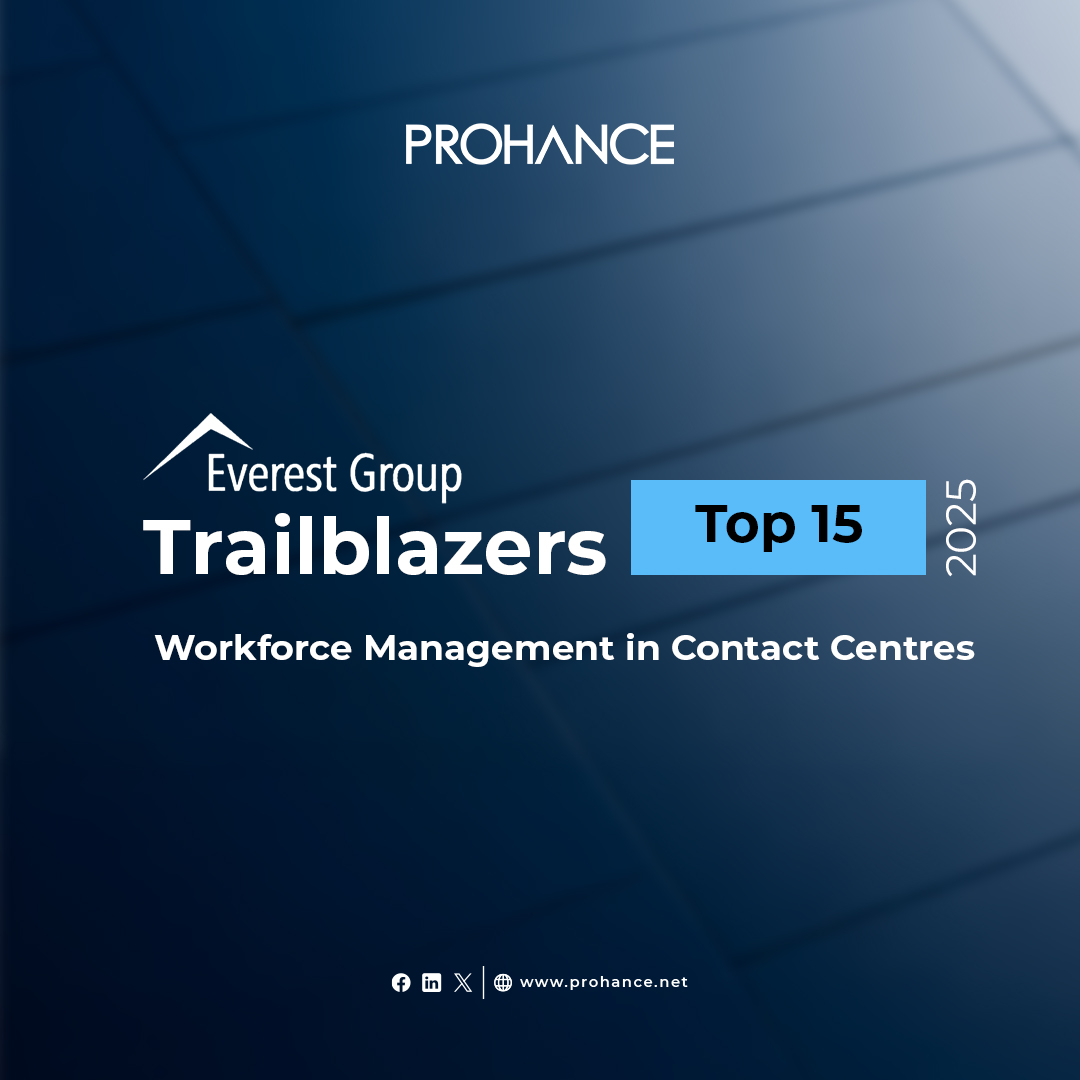Office vs Work from Home: Which is More Productive?
Table of Contents
- What the Numbers Actually Tell Us?
- Why Do Offices Still Matter?
- The Remote Work Revolution: Why It’s Actually Working?
- The Hybrid Work: A Style That’s Delivering Maximum Productivity
- Making Remote Work Actually Work: The ProHance Advantage
- Where Things Are Actually Heading
- What Actually Drives Productivity (Hint: It’s Not Location)?
- Wrapping Up
- FAQs
The pandemic didn’t just change where people work—it completely flipped the script on what productivity looks like in the modern workplace. These days, walking into any corporate office feels different. Half the desks sit empty while their usual occupants dial into meetings from kitchen tables and home offices.
But companies are still wrestling with a massive question: does all this remote work actually make people more productive? Some CEOs are convinced their employees are slacking off at home, while others swear their teams have never been more efficient. The truth? Well, it’s complicated.
What the Numbers Actually Tell Us?
Remote Workers Are Crushing It (Seriously)
Remote workers experience productivity rates 35-40% higher than their office-bound colleagues. That’s not a small bump—that’s the kind of improvement that makes CFOs very happy. Even better? Work done remotely contains 40% fewer mistakes than office work.
Here’s another number that’ll make you think twice about that morning commute: remote workers save 72 minutes every day they would have spent traveling to and from the office. Most of them are redirecting it toward work tasks or activities that keep them sharp and focused.
The Trust Problem Nobody Wants to Talk About
Here’s where things get really interesting. While 65% of employers admit they don’t trust their remote employees to actually work, only 20% report seeing any real drop in productivity. That’s a pretty telling disconnect, isn’t it?
Meanwhile, 79% of managers who’ve managed remote teams say their people are more productive working from home.
Translation: Once you stop worrying about whether someone’s at their desk and start focusing on what they’re actually accomplishing, the results speak for themselves.
Why Do Offices Still Matter?
The Magic of Bumping Into People
The energy that happens when creative minds collide in the same physical space is genuinely harder to replicate over Zoom.
Offices create natural boundaries, too. For people who struggle with work-life balance, having a physical separation between “workspace” and “life space” can be a game-changer.
Then there’s the equipment factor. Professional-grade monitors, lightning-fast internet, and ergonomic chairs might enable better work output.
Learning by Osmosis
Young professionals get the chance to learn by watching. Seeing how experienced colleagues handle difficult client calls, navigate office politics, or present to senior leadership provides education you can’t get from training videos.
The Remote Work Revolution: Why It’s Actually Working?
Flexibility Isn’t Just a Nice-to-Have Anymore
Remote work doesn’t just eliminate commutes—it lets people work when they’re actually at their best. Remote work lets people optimize their environment instead of adapting to whatever open office layout some designer thought looked cool.
Less Drama, More Results
Office politics don’t follow you home. Neither do unnecessary meetings, random interruptions, or that coworker who insists on sharing every detail of their weekend. Remote workers report significantly less workplace stress and less stress usually means better performance.
The Bottom Line Benefits
Companies save serious money on remote workers. $11,315 per year for each part-time remote employee, leading to 21% higher profitability overall. Those savings come from smaller office spaces, lower utility bills, and reduced spending on everything from coffee to cleaning supplies.
The Hybrid Work: A Style That’s Delivering Maximum Productivity
Getting the Advantage of Remote & In-office Work Style
Hybrid models that blend remote flexibility with strategic in-person collaboration are gaining serious traction. Employee productivity stays consistent at 90% for both remote and hybrid workers, suggesting location matters less than how work gets organized and managed.
Technology Levels the Playing Field
Video conferencing tools have evolved into platforms that support complex work. Project management software keeps everyone aligned regardless of location. Cloud-based collaboration tools mean the person working from their kitchen table has access to the same resources as someone in the corporate headquarters.
Making Remote Work Actually Work: The ProHance Advantage
ProHance addresses the biggest headache most companies face with remote work: maintaining accountability and visibility without micromanaging people or invading their privacy.
| ProHance Module | How It Boosts Remote Work Productivity |
| Activity Monitoring | Reveals which applications and websites drive real work versus distractions. |
| Time Tracking | Shows exactly where hours go during the day, enabling better time management and realistic project planning. |
| Performance Analytics | Transforms raw productivity data into actionable insights, helping managers make objective decisions about remote work effectiveness |
| Workflow Optimization | Identifies process bottlenecks that slow down remote teams and suggests practical improvements for smoother operations |
| Compliance Monitoring | Ensures remote workers maintain security protocols and regulatory requirements across various work locations and devices |
Where Things Are Actually Heading
The Numbers Don’t Lie About the Future
Remote work positions are expected to grow from 73 million to 90 million globally by 2030. Office-only job postings have dropped from 83% to just 60% over the past two years.
The Return-to-Office Reality Check
Despite all the headlines about CEOs demanding everyone come back to the office, only 4% of global executives are actually prioritizing full-time office returns.
Most leadership teams have looked at their productivity data and decided flexible work arrangements aren’t going anywhere.
What Actually Drives Productivity (Hint: It’s Not Location)?
Measuring What Matters
Traditional productivity metrics—hours logged, emails sent, meetings attended—tell us almost nothing about actual value creation.
Modern productivity measurement needs to focus on outcomes: project completion quality, customer satisfaction scores, innovation metrics, and revenue generation per employee.
Building Systems That Support Success
Success depends on having the right infrastructure. That means reliable technology, clear communication protocols, and management practices adapted to the chosen work model.
Companies investing in comprehensive productivity tracking and optimization tools consistently see better results.
Recognizing Individual Differences
Some people genuinely work better surrounded by colleagues and office energy. Others need quiet, controlled environments to produce their best work.
The most successful organizations acknowledge these differences and create personalized approaches that match individual strengths with optimal work environments.
Wrapping Up
Looking ahead, the winners won’t be determined by whether they choose office, remote, or hybrid models. Success will come to organizations that create work experiences—physical, virtual, or blended—that help their people do genuinely great work. The location is just logistics. Productivity happens when you give people what they need to excel, wherever that might be.
FAQs
What specific metrics should companies track to measure remote work effectiveness?
Smart companies track outcome-based indicators like
- project delivery timelines,
- client satisfaction ratings,
- revenue per employee and
- error rates rather than activity metrics.
What are the biggest mistakes companies make when transitioning to remote work?
Common pitfalls include:
- Maintaining office-based meeting schedules that don’t work for distributed teams
- Failing to provide adequate home office equipment
- Trying to replicate every office process virtually instead of redesigning workflows for remote effectiveness.






